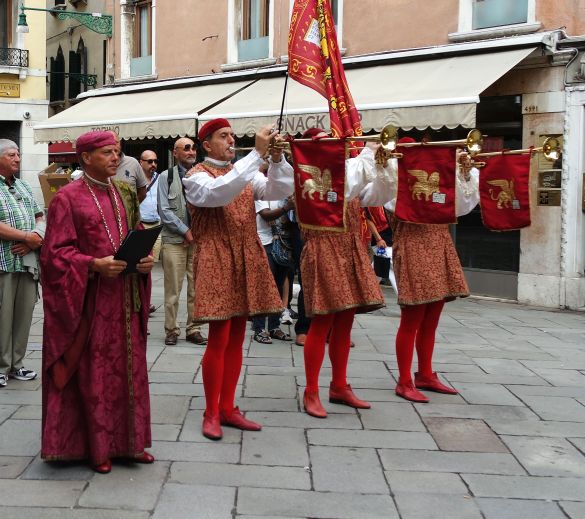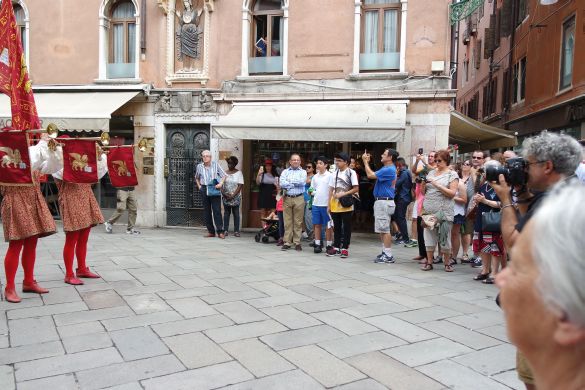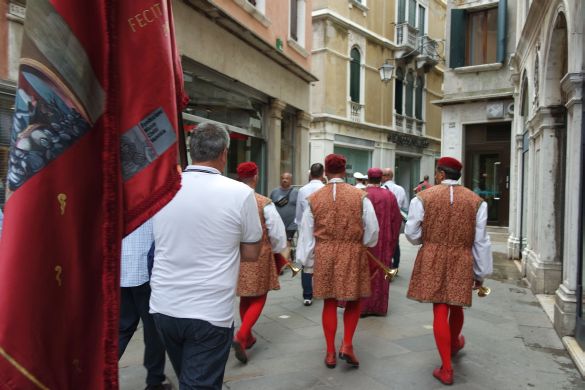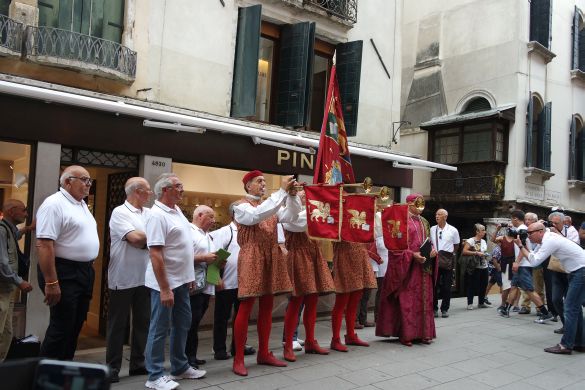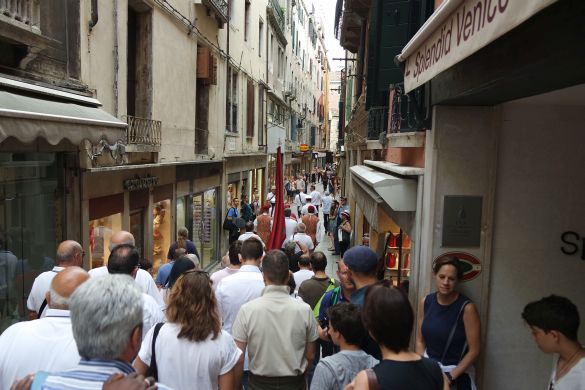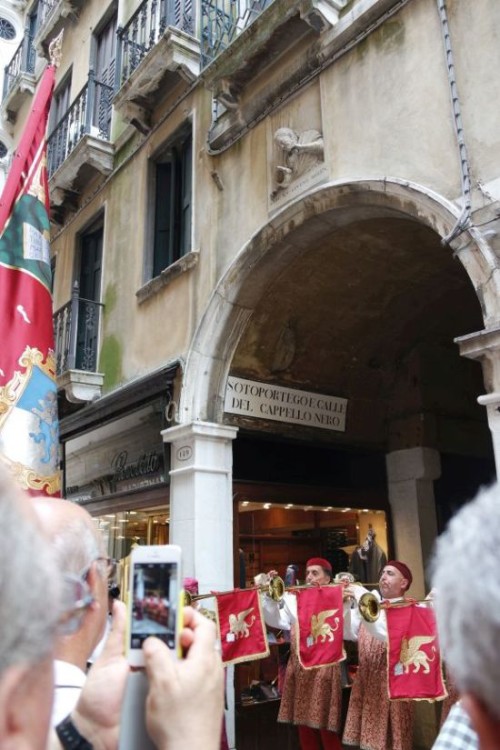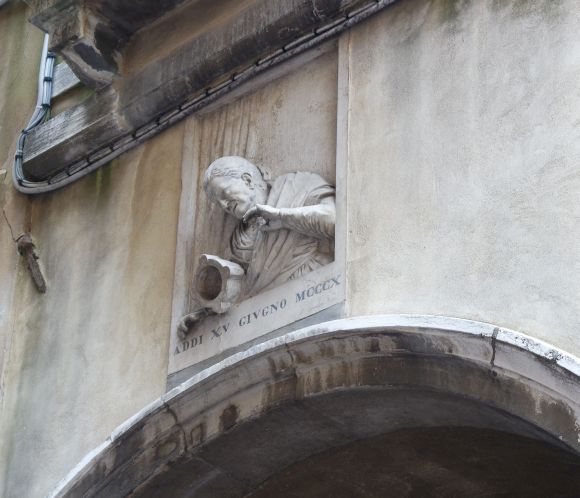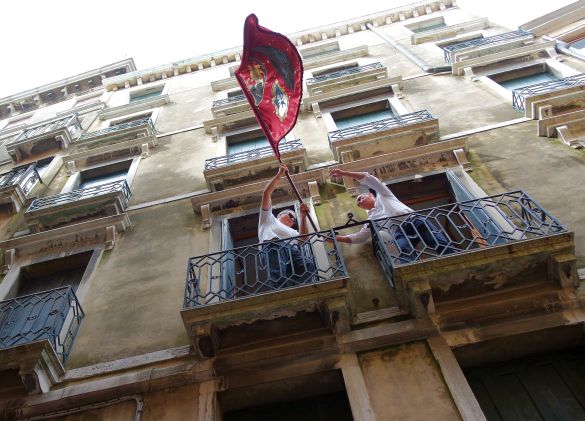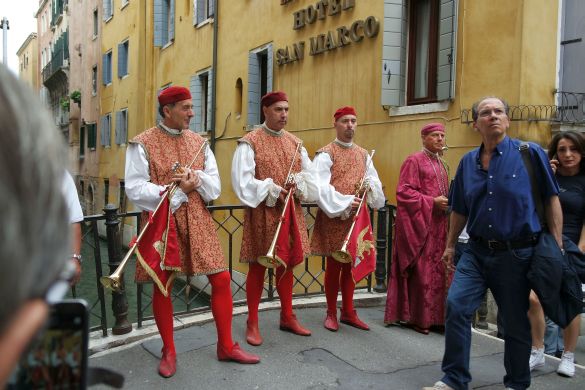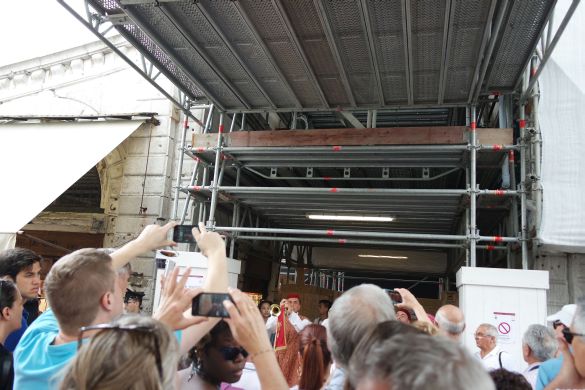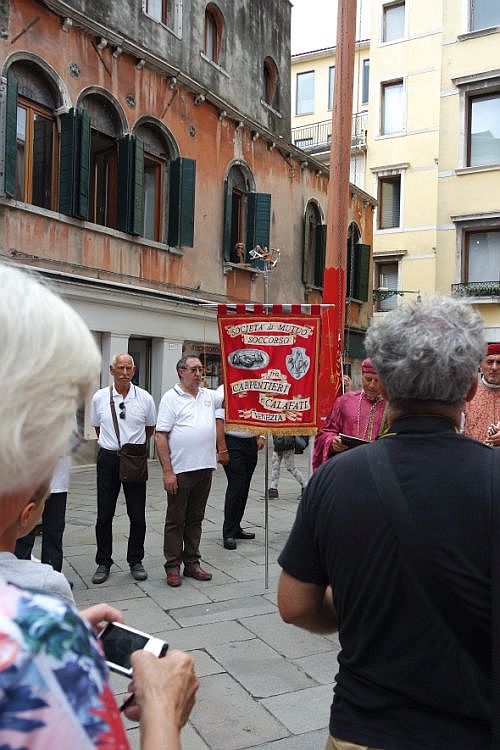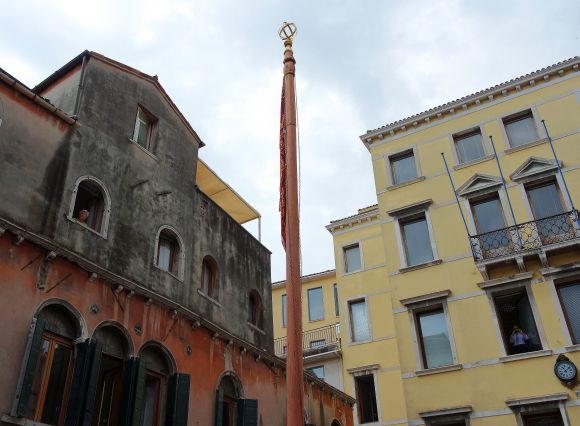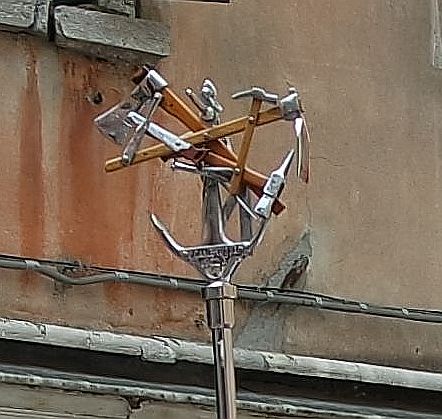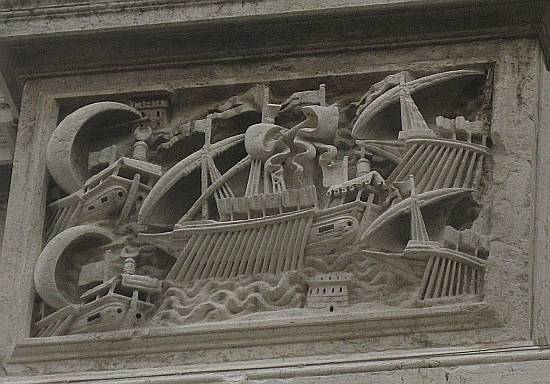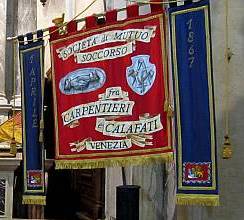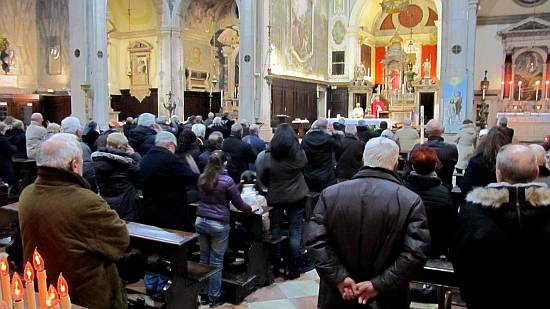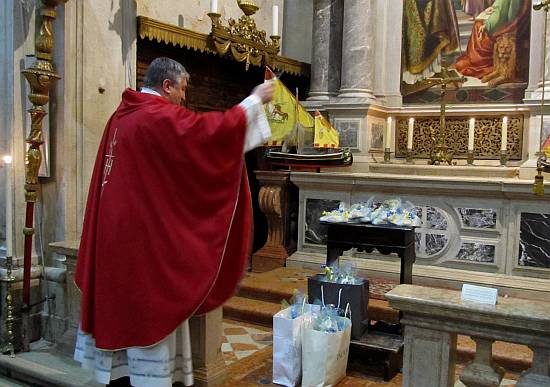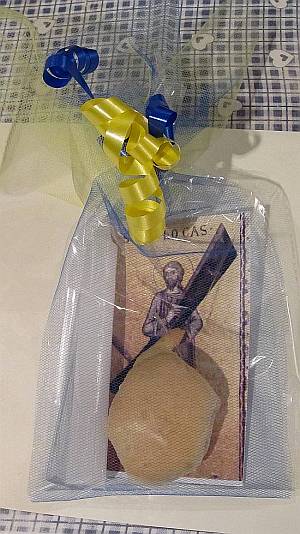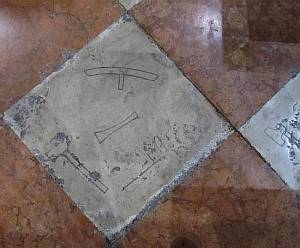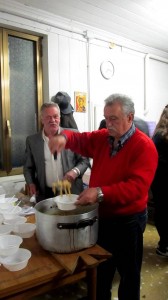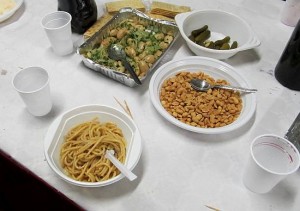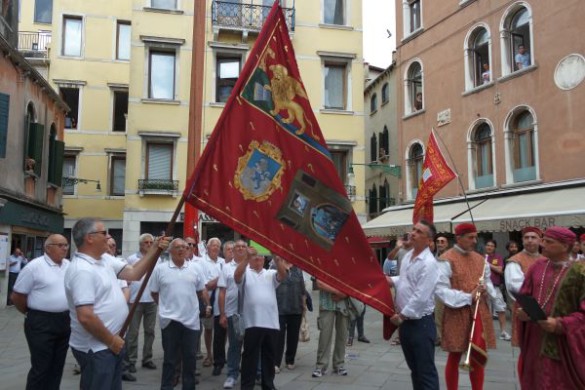
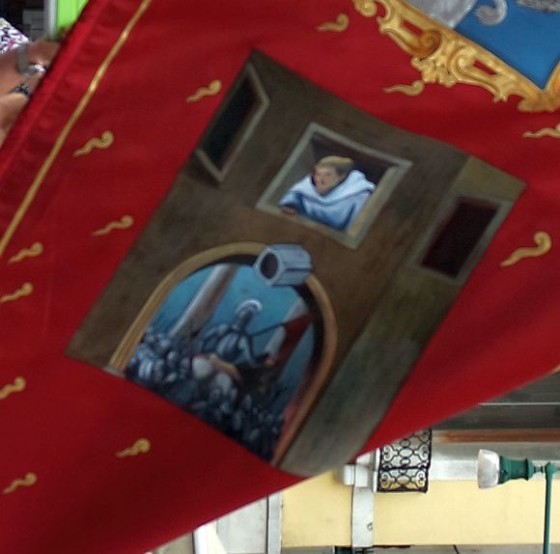
I have already recounted most of this story elsewhere, but it’s worth recalling because it is one of the milestone episodes of Venetian history. Also because today is the anniversary of the attempted coup, on June 15, 1310, to overthrow the Venetian government.
Not to begin a whole other train of trivia, but while we may be inclined to cheer the defeat of the three conspirators because we like how Venice turned out, it’s worth knowing that in 1310, as John Julius Norwich relates, Doge Pietro Gradenigo was the most detested man in Venice.
Certain typically arrogant actions of his had driven Pope Clement V to excommunicate the entire city-nation, which led Venice to the brink of commercial collapse. An unwinnable war with the aforementioned pope consisted mainly of Venetian defeats, and increasing numbers of the doge’s enemies were convinced that Gradenigo’s policies were bringing disgrace and disaster on everyone. Anger, tension, and fear were seething through the city, and a series of decrees intended to contain the discontent was, paradoxically, bringing the city to the verge of civil war. It was quite evident to several young patricians that it was time for a very big change.
The attempted coup by Bajamonte Tiepolo, Piero and Marco Querini, and Badoero Badoer failed for a number of reasons, one of which (surprising to me, and especially to the plotters) was lack of popular support at the crucial moment. I don’t understand this part very well, but it’s a story well worth reading in more detail, though not here.
In any case, they weren’t merely three young bloods who wanted to try their hand at ruling the world. They were the ones who bubbled up to the top of the political pot as it was in the process of boiling over.
Now it’s June 15 again, 705 years later. And it has come to pass over a certain period of time leading up to today that the Mutual Aid Society of Carpenters and Caulkers (full disclosure: I am a member), under the aegis of Cesare Peris, its “gastaldo,” or president, exhumed the very banner carried by Baiamonte Tiepolo as he was charging through the city toward the Doge’s Palace.
Not only that. This banner, which had been slumbering somewhere in the Museo Correr, needed fixing. With funding from a sponsor, the Caulkers commissioned (A) the restoration of the old silk banner, which by now was not in very sparkly condition, and (B) a replica of the banner, with a few small modifications. And to undertake this work, art restorer Anna Passarella, in Padova, was engaged; she in turn engaged a squad of high school students at the Marco Polo-Liceo Artistico (high school of art) in Venice. Yes, this task was accomplished by 15- and 16-year-olds. If that isn’t sufficiently noteworthy, let me add that one them is a direct descendant, I was told, of the fateful doge Gradenigo. Not made up.

This morning the banner was unfurled in Campo San Luca, carried in procession along the main route used by Tiepolo and Querini (attacking and then fleeing), with a pause at each important place along the way during which costumed trumpeters fanfared and a costumed crier read the story, step by step. Too bad his voice was never loud enough to be heard over the chaos of the herds of tourists crushing their way through our group, but it was quite nice that he was reading in Venetian, and then in English.
The whole ceremony took about an hour, and then the banner was taken away to safekeeping.
I suppose that thousands of tourists will now go home thinking Venetians carry banners around the city, with trumpet fanfares, every day.
Actually, that’s not the worst idea I’ve ever heard, but next time we ought to do it at 6:00 AM, before Venice-Mart opens its doors for the day.

